Bat Conservation International Bats Magazine


Inside this Issue

Features
Departments
news & updates
- Launching the Nakanacagi Bat Sanctuary Management Plan
- State of India’s Bats
- Virtual Field Trip
- Celebrating Bat Week
- Sustainable resource extraction
- Rwandan bat conservation
- Habitat restoration teams
- Backyard bat science
- Bat poetry
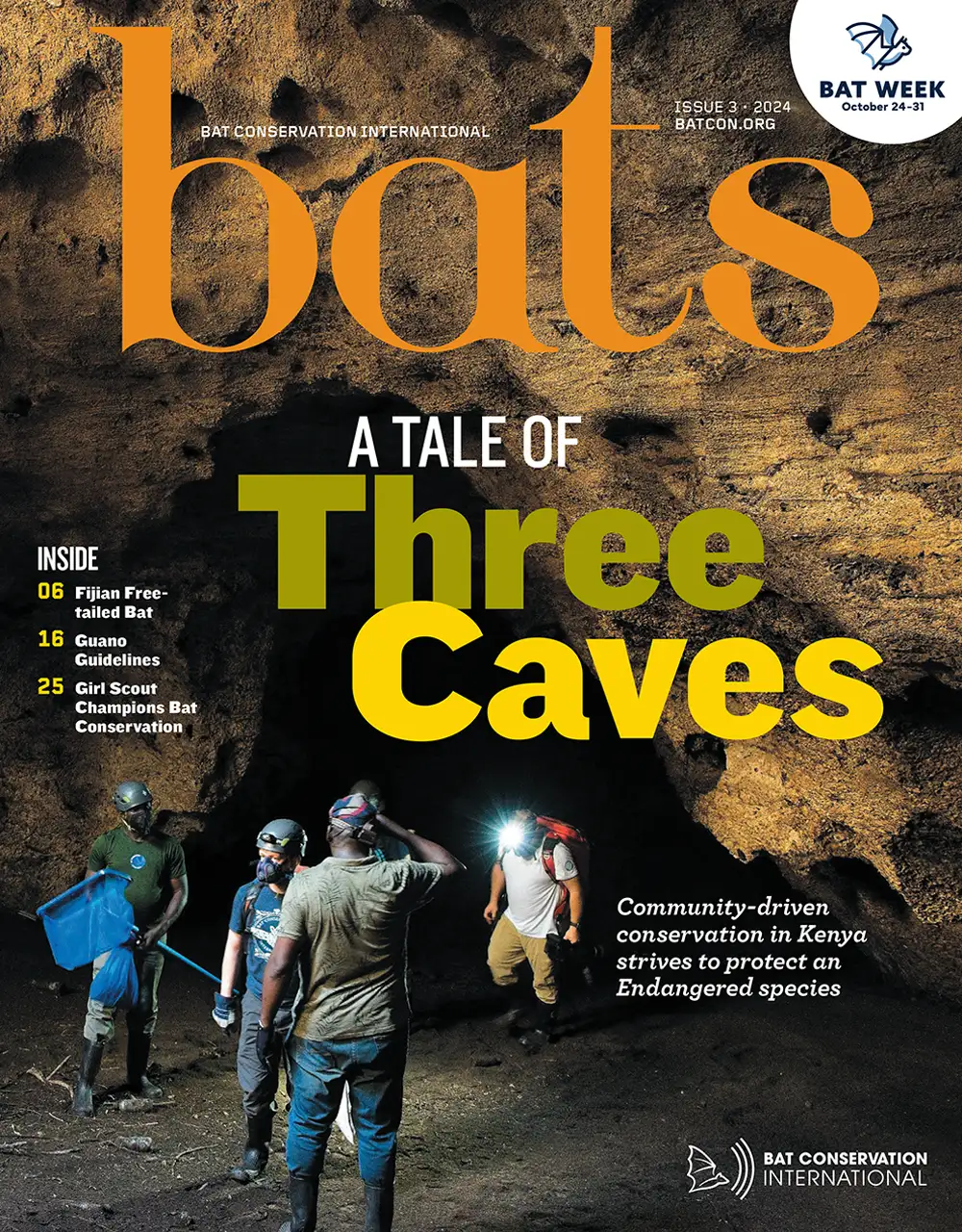
Image: Karel de la Cruz Victoria


Building a Better Future for Bats
With our combined reach, students across the U.S. will be engaged to help us build a better world. The program will highlight BCI’s work to protect Bracken Cave Preserve, fight white-nose syndrome, and save Endangered species like the Florida bonneted bat (Eumops floridanus). Students are encouraged to provide ideas for solving conservation challenges while building a future where threatened species are safe, and nature is protected.
Masthead

500 North Capital of Texas Highway, Building 1
Austin, TX 78746
512.327.9721
Kristen Pope
Javier Folgar
Michelle Donahue / Proofreader
Publication Management Unlock
Bats Magazine welcomes queries from writers. Send your article proposal in a brief outline form and a description of any photos, charts, or other graphics to the Editor at pubs@batcon.org.
Eileen Arbues, Vice Chair
Ann George, Secretary
Dr. Gerald Carter
Gary Dreyzin
Dr. Brock Fenton
Cecily Longfield
Dr. Shahroukh Mistry
Sandy Read
Dr. Nancy Simmons
Jenn Stephens
Dr. Enrico Bernard
Dr. Sara Bumrungsri
Dr. Gerald Carter
Dr. Liliana Dávalos
Dr. Brock Fenton
Dr. Tigga Kingston
Dr. Stuart Parsons
Dr. Paul Racey
Dr. Danilo Russo
Dr. Nancy Simmons
Dr. Paul Webala
Mike Daulton, Executive Director
Mylea Bayless, Chief of Strategic Partnerships
Dr. Winifred Frick, Chief Scientist
Michael Nakamoto, Chief Operations Officer
Kevin Pierson, Chief of Conservation and Global Strategy
Bill Toomey, Chief Growth Officer
Visit BCI’s website at batcon.org and the following social media sites:


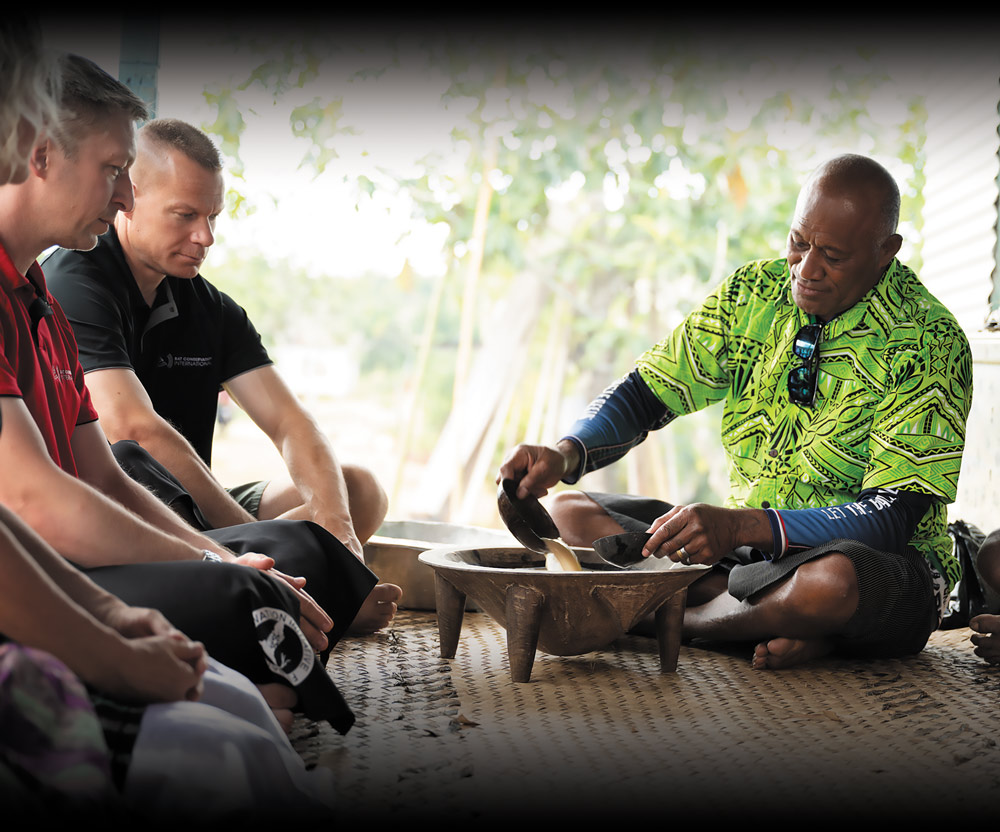
Fiji Formalizes First Protected Area for Bats
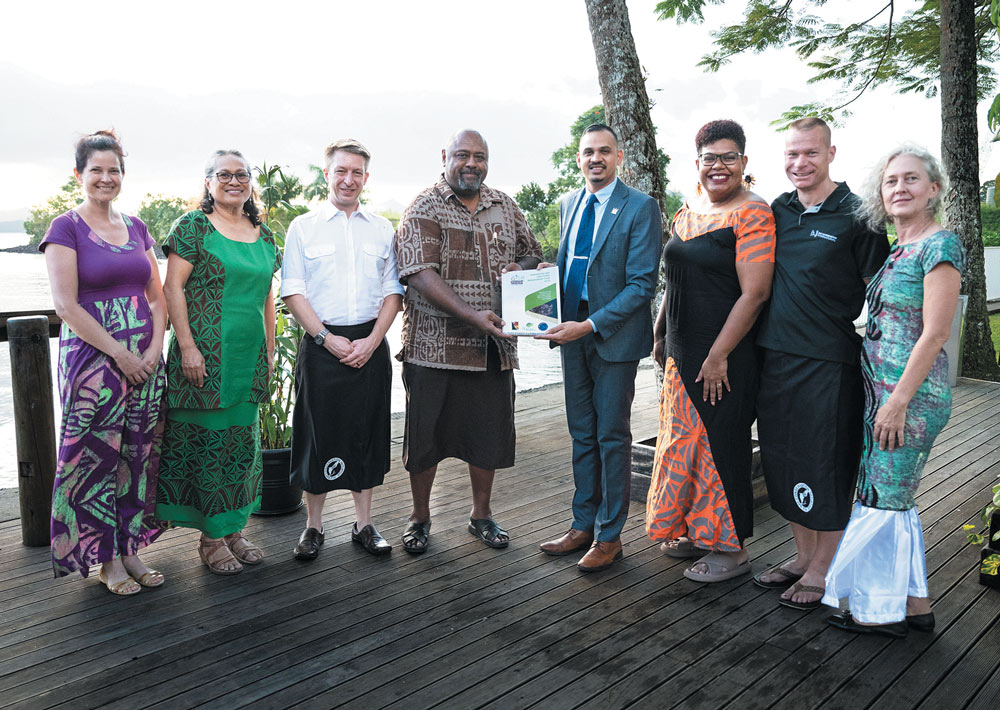
A series of events finalized the protection of this vital Fijian roost and the land surrounding it, making it the first protected area for bats in Fiji. Key partners include the National Trust of Fiji, Nature Fiji, Rainforest Trust, and the Nakanacagi community. The Fijian free-tailed bat is known to live in just two South Pacific islands in Fiji and Vanuatu. In late 2024, BCI will travel to Vanuatu to search for more roosts.
Bat Signals
batsignals


State of India’s Bats Report
Inspiring Creativity

Fijian Free-tailed Bat
bat stats
Binomial
Family
Colony Size
Weight

Diet
Status
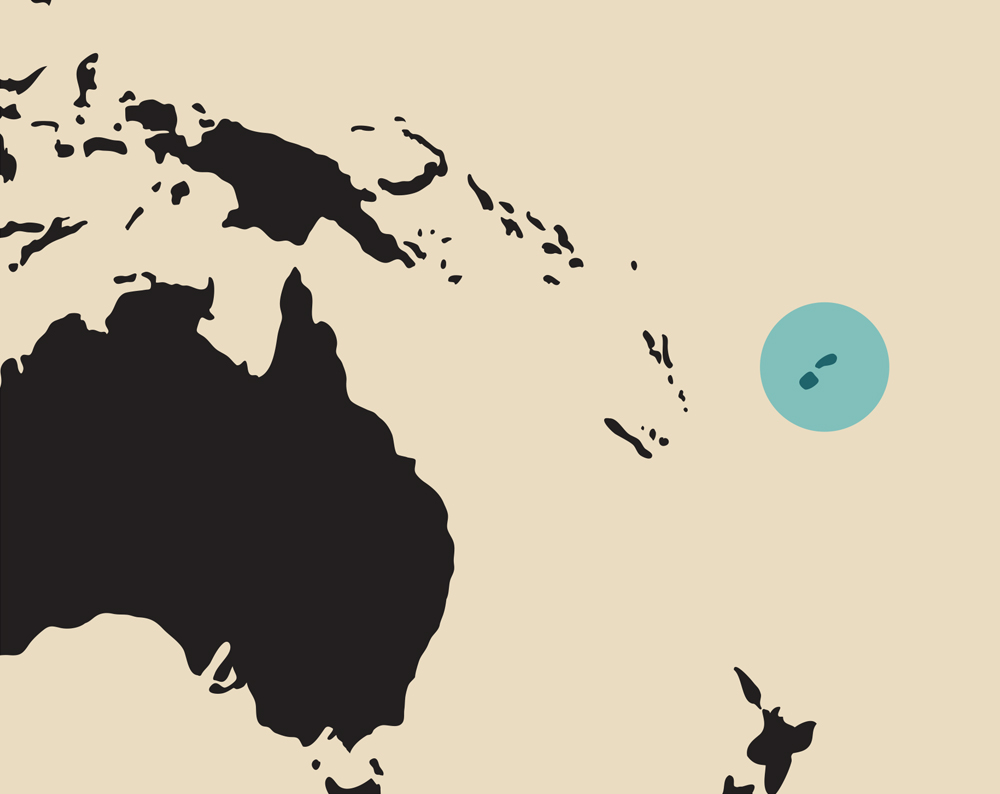
n 2016, Bat Conservation International (BCI) and the Rainforest Trust began a project alongside the National Trust of Fiji, NatureFiji-MareqetiViti, and the Nakanacagi community of Vanua Levu, Fiji, to protect the habitat of the Fijian free-tailed bat (Mops bregullae). Also known as the Fijian mastiff, this insectivorous bat is threatened by habitat loss due to industry and climate change, tourism practices, and hunting. After years of careful coordination and collaboration between Fijian experts and community members and the BCI team, Jon Flanders, Ph.D., Director of Endangered Species Intervention, describes the Fiji project as “a phenomenal success story.”
It was especially important that the project succeed, because Nakanacagi Cave is the only confirmed Fijian free-tailed bat maternity colony. The team hopes to discover another maternity roost in the only other country where this species has been recorded. To do that—or perhaps discover a new species of bat—BCI is undertaking a project this autumn nearly 750 miles away in the neighboring country of Vanuatu.
A Tale of 3 Caves

orget the Big Five animals safari-goers seek out, like lions and elephants. It’s all about bats in coastal Kenya—or at least it should be. All along Kenya’s Indian Ocean shoreline are coral caves that bats love to use as roosting sites. Their numbers are so high they comprise up to 27% of Kenya’s mammals. But as it goes with many ecosystems around the world, habitat loss threatens the resident species, including the Endangered Hildegarde’s tomb bat (Taphozous hildegardeae).
Since 2022, Bat Conservation International (BCI) has been working with local bat experts, including conservation biologist David Wechuli, Ph.D., BCI’s Kenya Program Manager, and Paul Webala, Ph.D., senior lecturer in wildlife biology at Maasai Mara University in Narok, Kenya, to protect three cave sites in coastal Kenya: The Tswaka Giant Three Sisters cave system in the south, and the Kaboga and Makuruhu caves in the north.


Guano Guidelines
Accompanying her were a prospective guano miner and staff from nearby Gorongosa National Park, which has buffer and transition zones that include caves that are home to a number of bat species. One of these species is Macronycteris vittata, the striped leaf-nosed bat, which is classified as “Near Threatened” by the International Union for Conservation of Nature.
fieldnotes

A Rising Star in Rwandan Bat Conservation

Following a neighbor’s advice, she closed off entrance holes while the bats were out foraging and hung foul-smelling plants to discourage them from returning. It worked, and for young Iribagiza, the incident sparked an interest in bats that grew into a passion and, ultimately, a career.
As part of a bachelor’s degree in zoology and conservation, Iribagiza wrote her thesis on the straw-colored fruit bat (Eidolon helvum), a species under threat in Rwanda due to loss of habitat and bat-human conflicts.

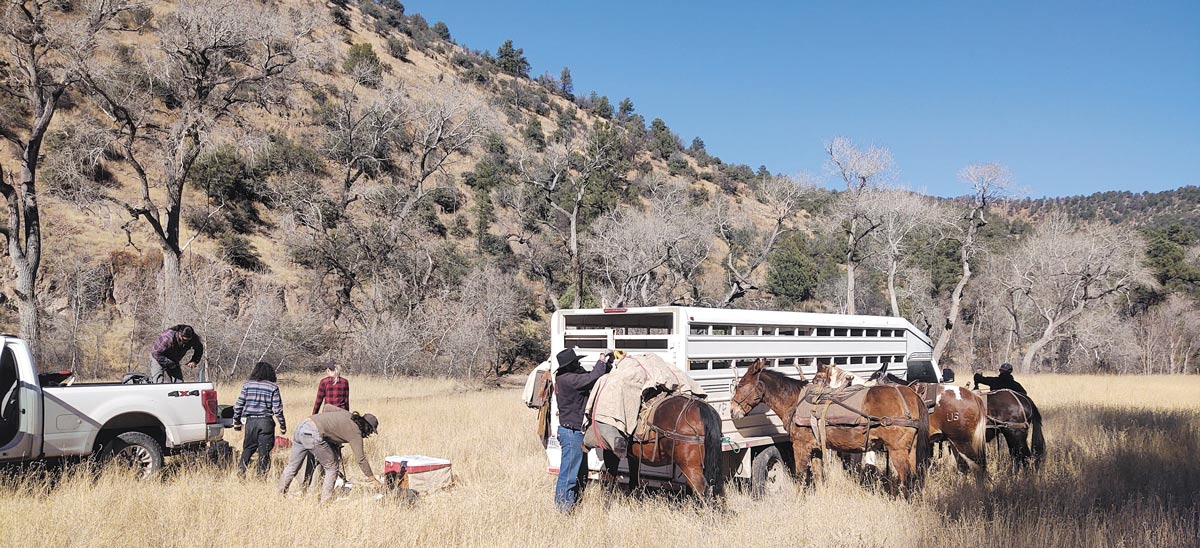
Photo: Dan Taylor
Healing the Land
The human-caused Black Fire was the second-largest wildfire in New Mexico history. It burned so hot that it stripped vegetation off the landscape. A severe monsoon season followed and exacerbated the problem.

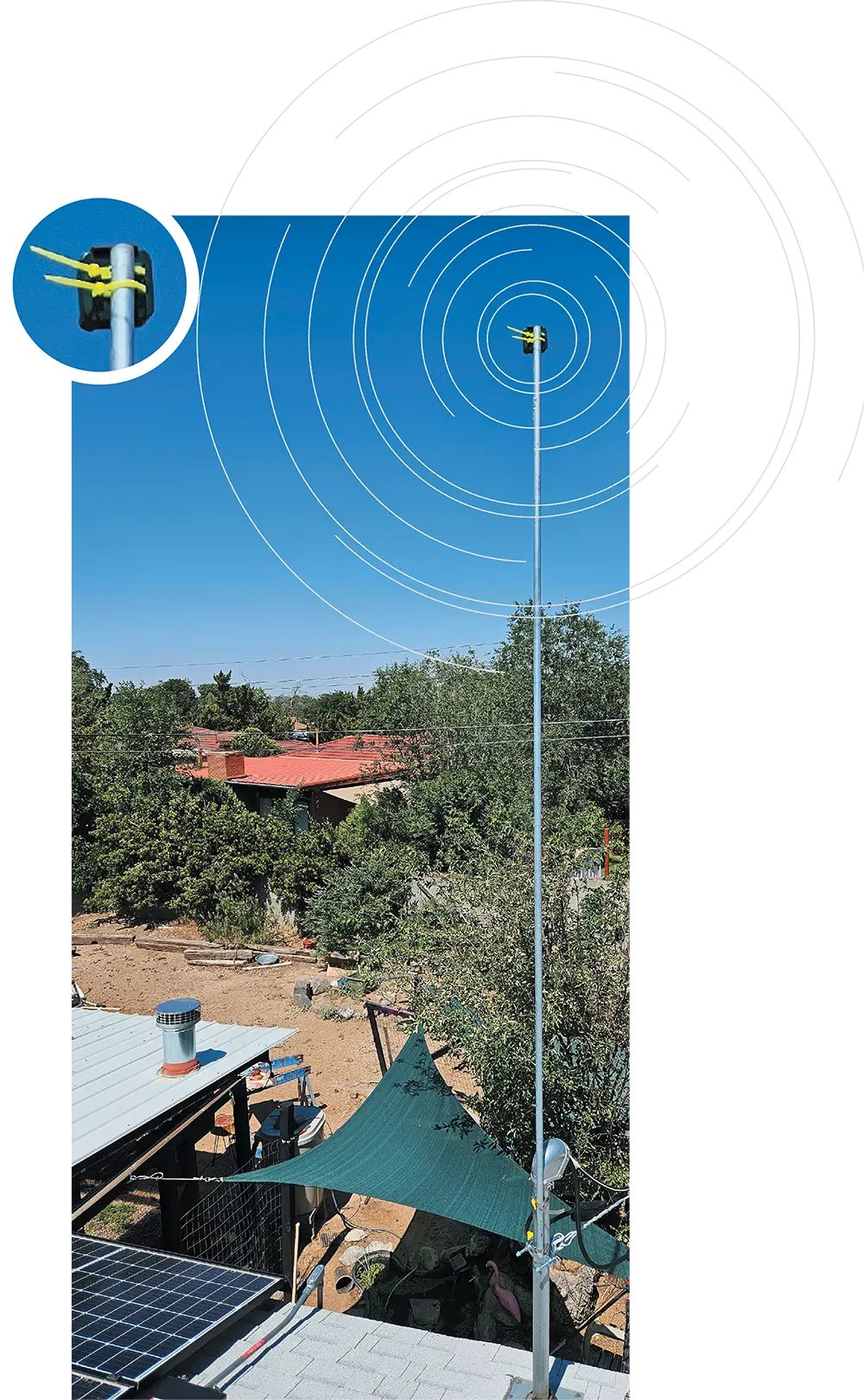
Bringing Bat Science to Your Backyard
Run by United States Forest Service Ecologist Ted Weller, #FirstBat is a challenge to detect the first bat of the year in each U.S. state and Canadian province; Weller’s goal is to collect as much data possible for his publicly accessible Bat Acoustic Monitoring Portal, or BatAmp. Even though competition is fierce among #FirstBat participants, coming in second, third, or 27th is still a valuable contribution to the database.
“What I’m trying to do is figure out where bats are migrating,” Weller says. “The richer our data, the better we’ll be able to show these migratory patterns.”
fieldnotes


Bat Poet
After more than 25 years serving as Rabbi at Temple Isaiah in Los Angeles, Klein, a Bat Conservation International (BCI) member, decided she wanted to bring a long-held dream to life: writing a poem about every mammal on Earth. Initially, she envisioned penning poems about giraffes, zebras, and cats, but she soon realized bats make up more than a quarter of the world’s mammal species. She’s loved bats since childhood, so that is where she started.
Taking a three-month sabbatical in late 2023 and early 2024, Klein found a remote cabin in Tennessee shaped like Noah’s Ark and thought it would be the perfect place to work on her project. Starting with verses about Temminck’s tailless fruit bat (Megaerops ecaudatus) and its relationship with figs, her first batch of poems included tube-nosed bats, leaf-nosed bats, and flying foxes.


Brazilian Bats
ennifer Barros, Ph.D., is Bat Conservation International’s (BCI) Brazil Program Manager, and she is responsible for leading BCI’s cave conservation initiative in the massive country. With more than 3 million square miles of land, Brazil is the world’s fifth-largest country by area. The country contains more than 23,000 caves—some of which provide habitat for bats.
Barros works with local communities, nonprofits, and government agencies across Brazil to protect and enhance critical roost sites for Endangered bat species throughout the region.
We caught her for a few minutes above ground to inquire about her work.

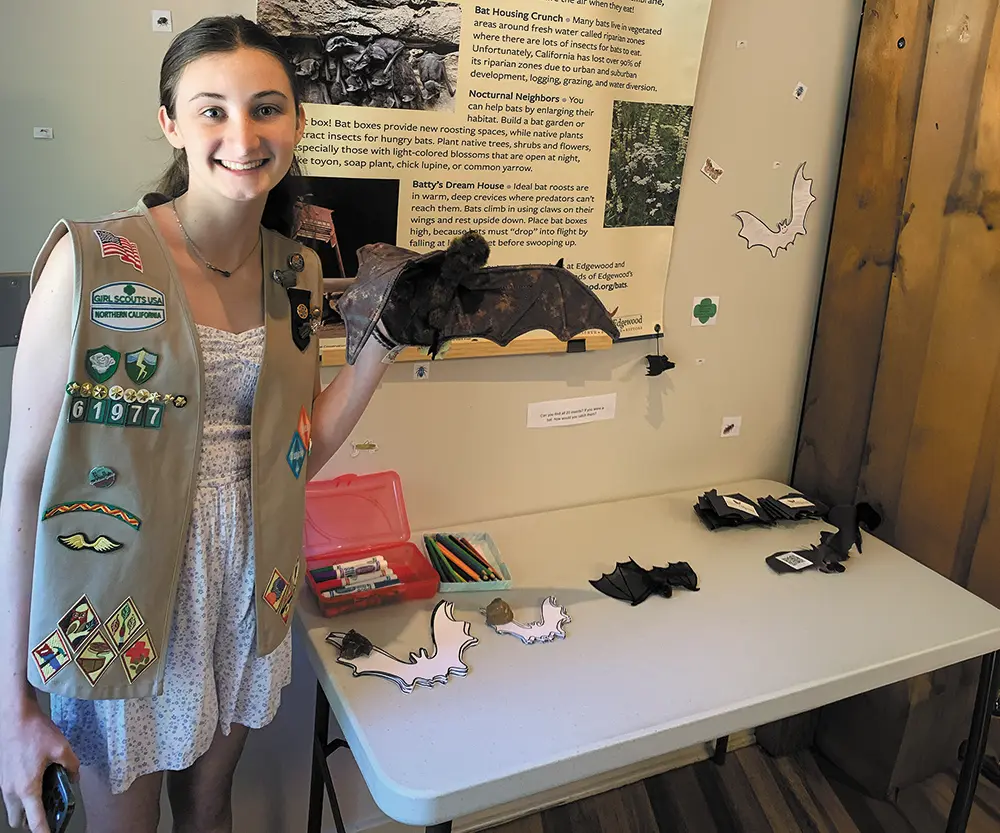
Girl Scout Champions Bat Conservation
aylor Rienhart, a dedicated Girl Scout from the San Francisco Bay Area, recently earned her Gold Award, the highest accolade a Girl Scout can earn. Her project, a multi-faceted initiative aimed at bat conservation, showcased her passion for environmental science and animal conservation.
Rienhart’s project included several key components to foster awareness and support for local bat populations. One of her primary aims was to educate the public on bats and help dispel common myths. To do this, she created an informative poster and table of interesting activities that are displayed at the wildlife education center at Friends of Edgewood Natural Reserve and through the creation of an educational Instagram account. Her campaign aimed to counter negative perceptions of bats by sharing engaging, informative content about their ecological roles and local species.






